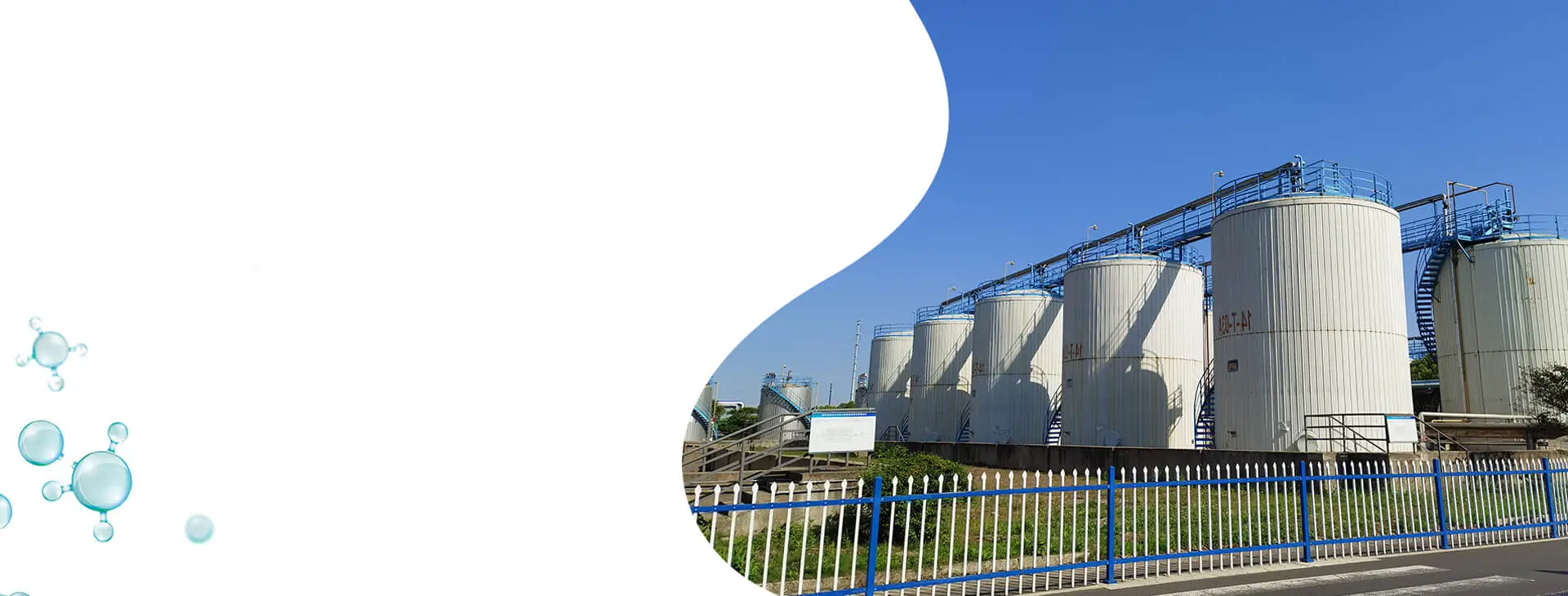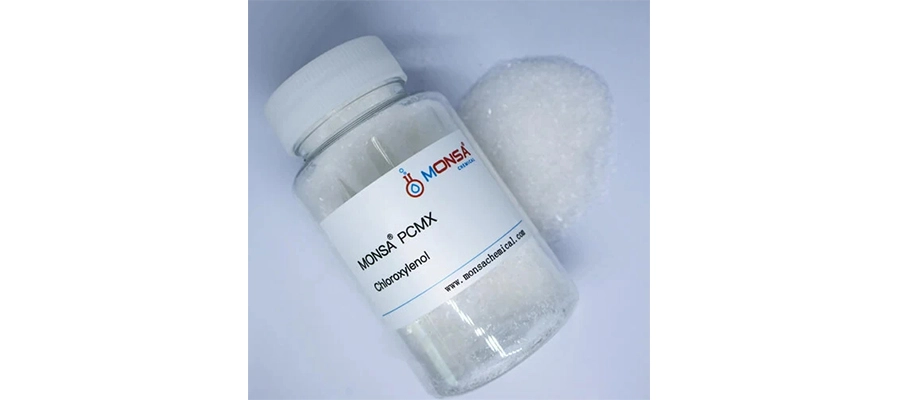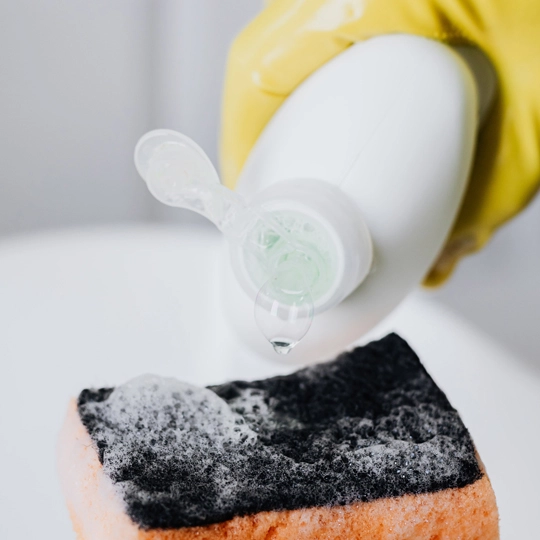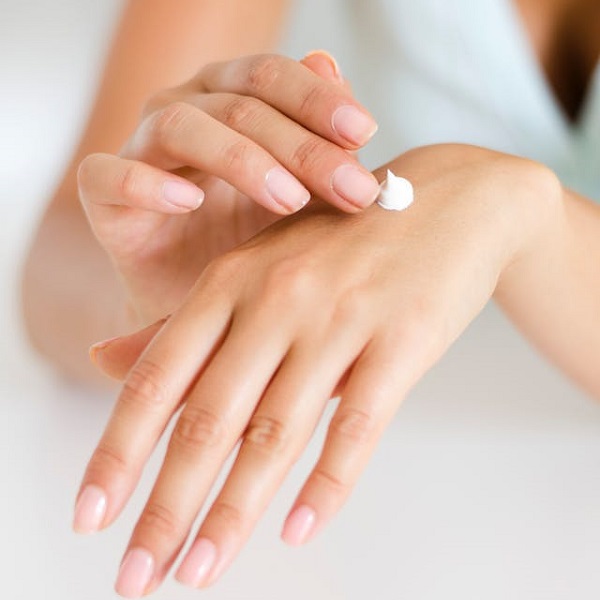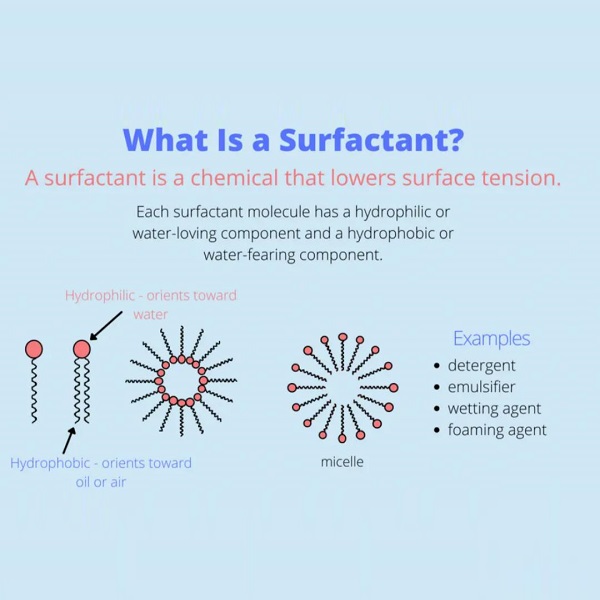Understanding the Chemistry of Antiseptics
Antiseptics work by disrupting the cell walls or metabolic processes of microorganisms, thereby inhibiting their growth or killing them. These compounds have different chemical mechanisms of action depending on their specific properties. Some antiseptics, such as alcohol, work by denaturing proteins and damaging cell membranes, leading to the death of microorganisms. Others, like chlorhexidine or iodine, interfere with cell wall synthesis or disrupt essential cellular functions. Antiseptics can also alter the pH or create oxidative stress within microbial cells. The chemical composition and properties of antiseptics dictate their effectiveness against different types of microorganisms. It is important to note that antiseptics are typically applied to living tissues and should not be used internally or on open wounds without professional guidance.








